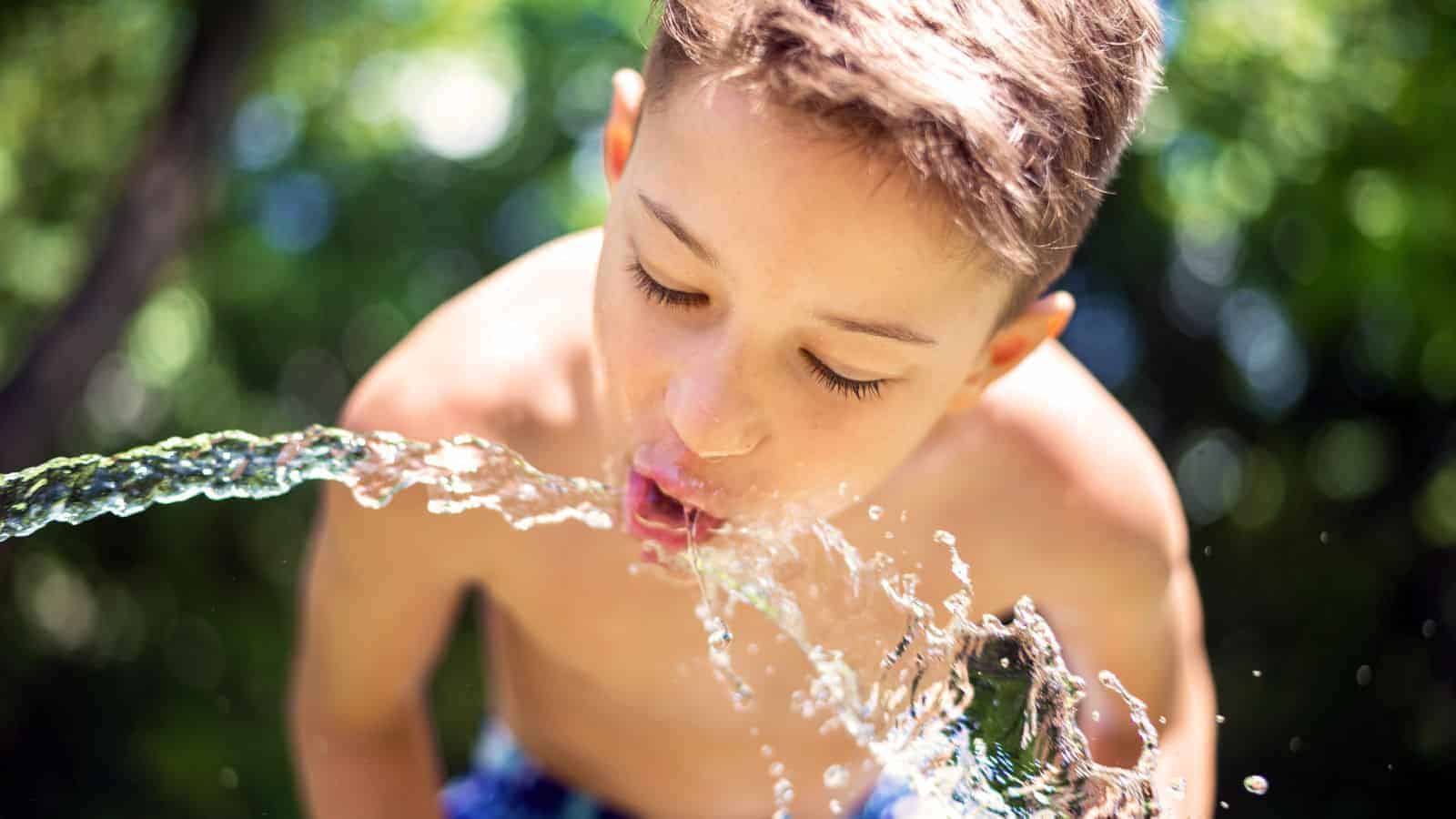In the 1960s, kids had huge amounts of freedom compared to the children of today. Their parents allowed them to do things that modern parents would have a heart attack just thinking about! In this article, we’re sharing 18 of the now-horrifying things kids once did, showing just how much perceptions of health and safety have changed over the years.
Playing with Lawn Darts
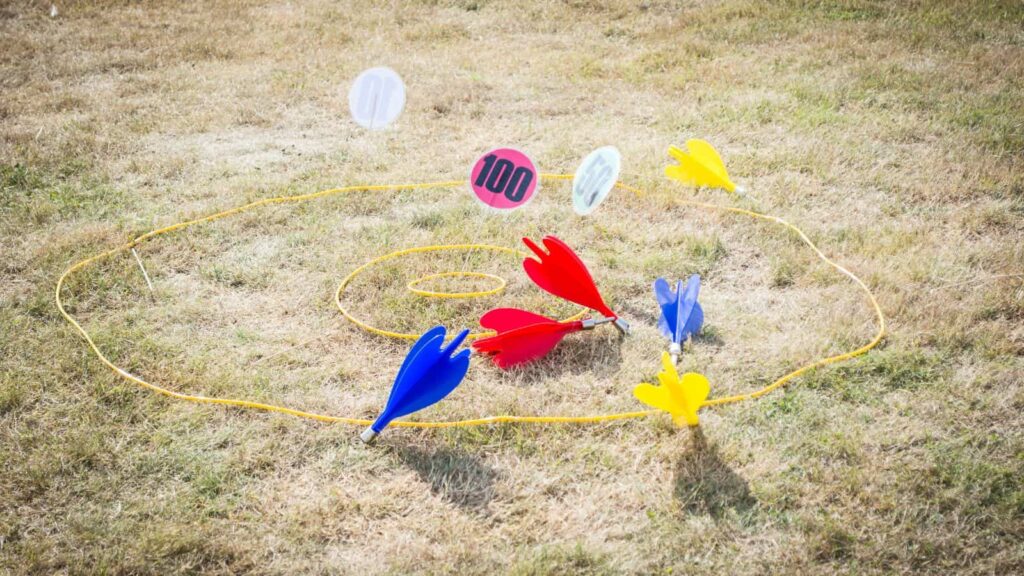
Can you imagine the uproar if a company today were to release a game for kids to throw sharp metal darts around the garden? Well, this is exactly what happened back in the ‘60s. It was typically played with zero adult supervision, though it was eventually banned due to numerous injuries.
Riding in Cars Without Seatbelts

Many vehicles in the 1960s lacked seatbelts entirely, but did that deter people from driving with their kids? Nope! Children actually frequently rode in cars without any restraints, and the concept of child car seats was virtually non-existent at the time.
Unsupervised Use of Firecrackers
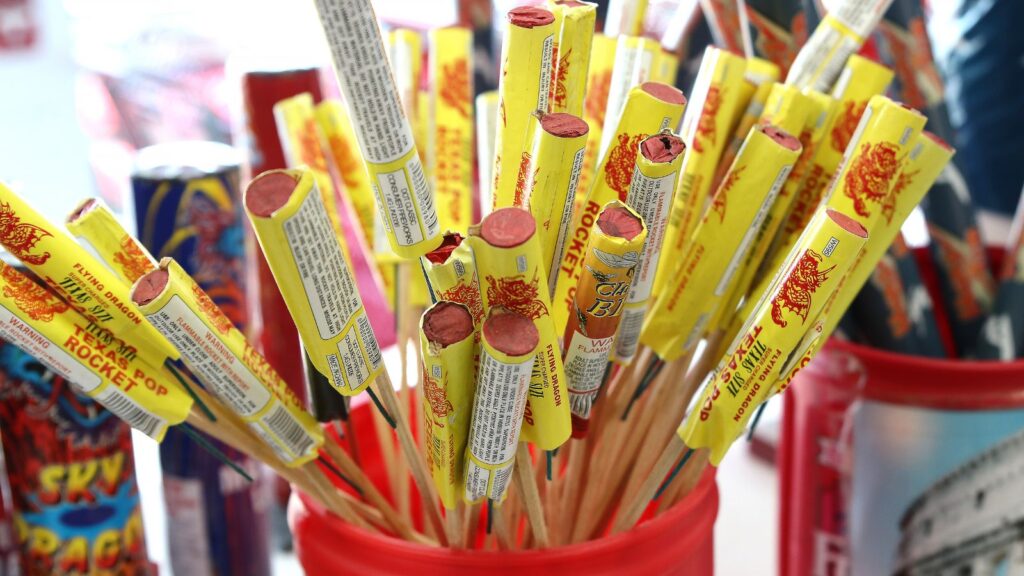
Kids also frequently played with firecrackers and other small explosives back in the day, with little to no adult supervision. In fact, according to History Daily, “In the 1960s, kids could walk into almost any neighborhood store and use their allowance money to buy fireworks.” Can you imagine?
Drinking Water from Outdoor Hoses
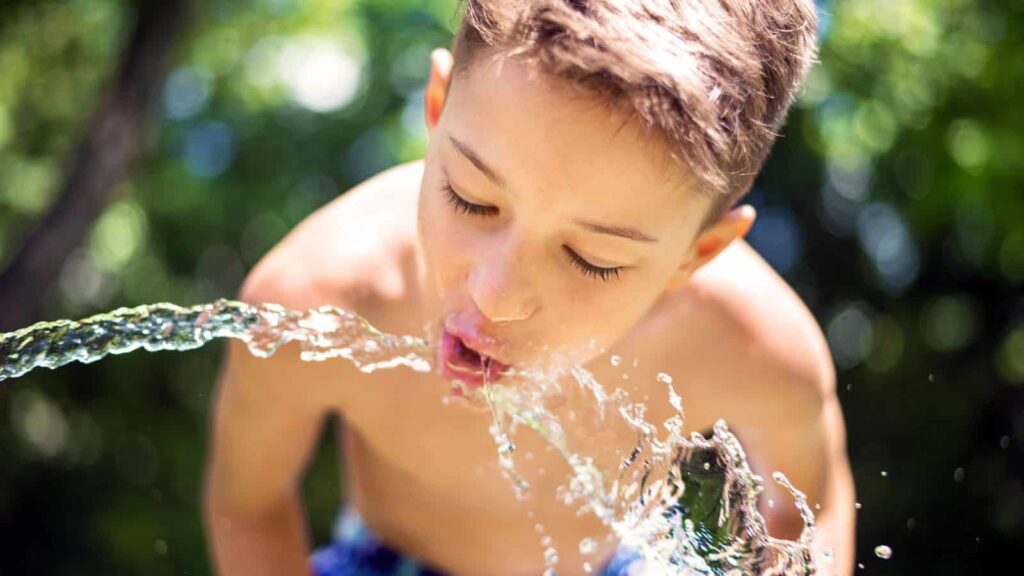
While they may still try to do so, there’s no way the kids of today are getting away with drinking from outdoor hoses like the kids of the ‘60s did. Drinking directly from the hose could mean ingesting chemicals and lead present in the water system, though little concern was given to potential contaminants back then.
Smoking
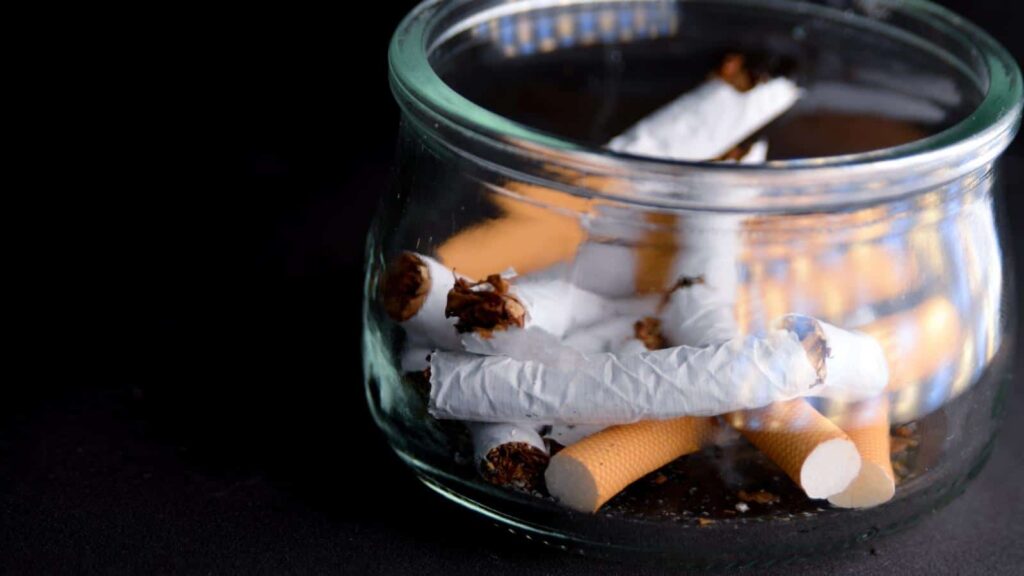
It was far more socially acceptable for young teenagers to smoke in the ‘60s. Cigarettes were actually even advertised without health warnings and were sometimes even targeted towards younger demographics at the time. With today’s knowledge of the health risks, this would be considered unthinkable!
Using Asbestos in School Science Kits
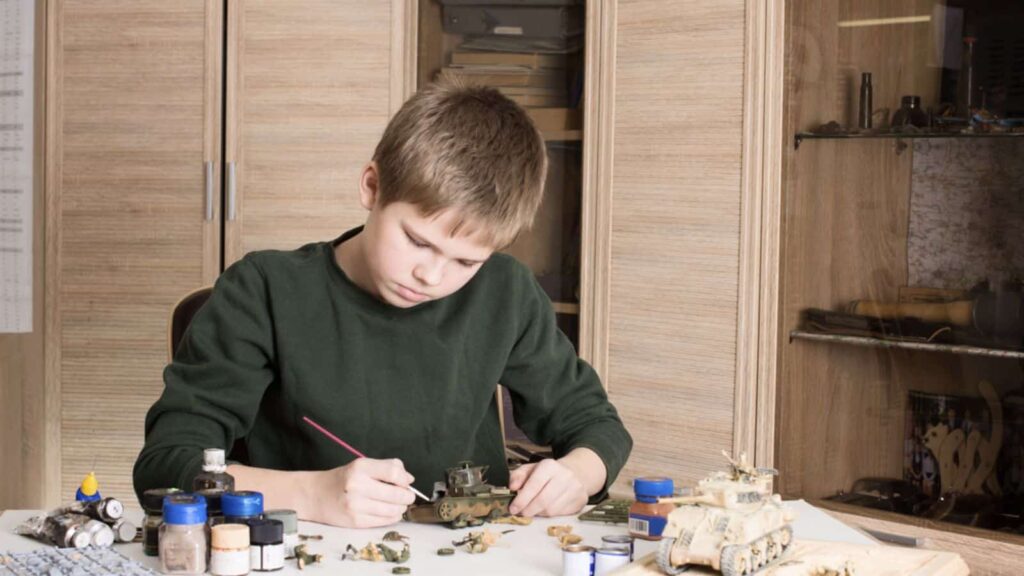
Did you know that asbestos was once used in school science kits for experiments? Of course, the health risks weren’t known at the time, but the thought is still horrifying enough to imagine nonetheless. Thankfully, we’re much wiser to the risks nowadays!
Handling Mercury in Classrooms

The Cleveland Clinic explains that there are three different types of mercury that are harmful to the human body; elemental mercury, inorganic mercury, and organic mercury. However, it wasn’t always known to be harmful, and so mercury was used in school experiments in the ‘60s without safety measures.
Living in Non-Childproofed Homes
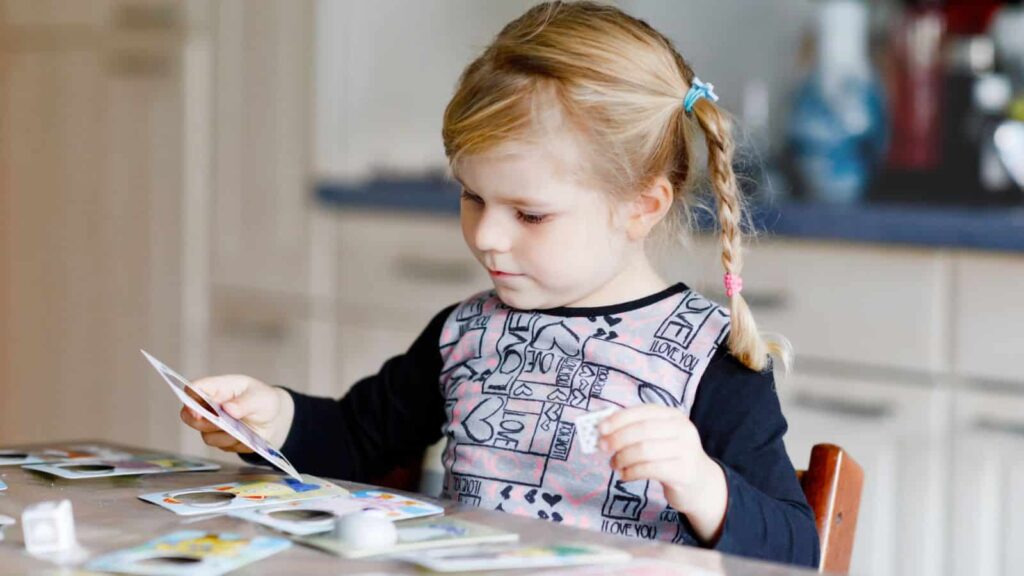
Most homes weren’t childproofed at all during the 1960s, which is a stark contrast to the almost excessive childproofing carried out by modern parents. Medicines and hazardous substances were often within easy reach of children and you wouldn’t find any stair gates.
Playing with Real Guns

Even toy guns are considered a little controversial by today’s standards, so you may be shocked to learn that some kids in the ‘60s were out there playing with real guns as toys. While supposedly unloaded, there was a real lack of understanding of gun safety, and accidents did unfortunately happen.
Attending Music Festivals Unsupervised
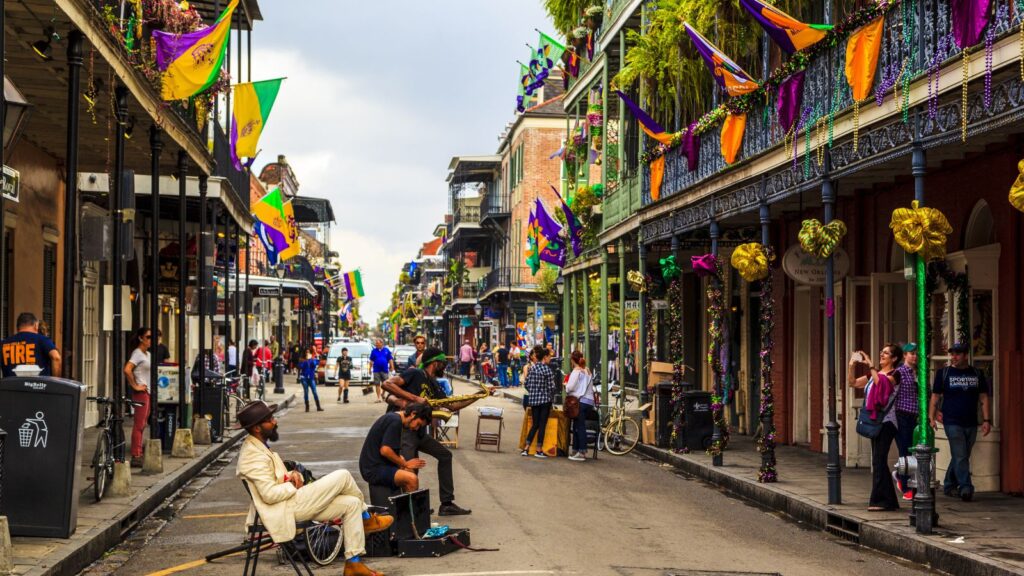
Parents of today would be horrified at the thought of their young teens attending large music festivals without adult supervision. However, festivals like Woodstock, despite being known for their lax attitudes towards drug use and personal safety, were full of teens who were free to go without their parents batting an eye.
Consuming Lead-Based Paint Chips

“In 1978, the federal government banned consumer uses of lead-based paint,” as per the EPA. This means that many kids in the ‘60s grew up in homes full of lead paint, which could chip and be ingested by curious little mouths. As we now know, lead poisoning causes serious developmental issues.
Playing “Chicken” with Vehicles
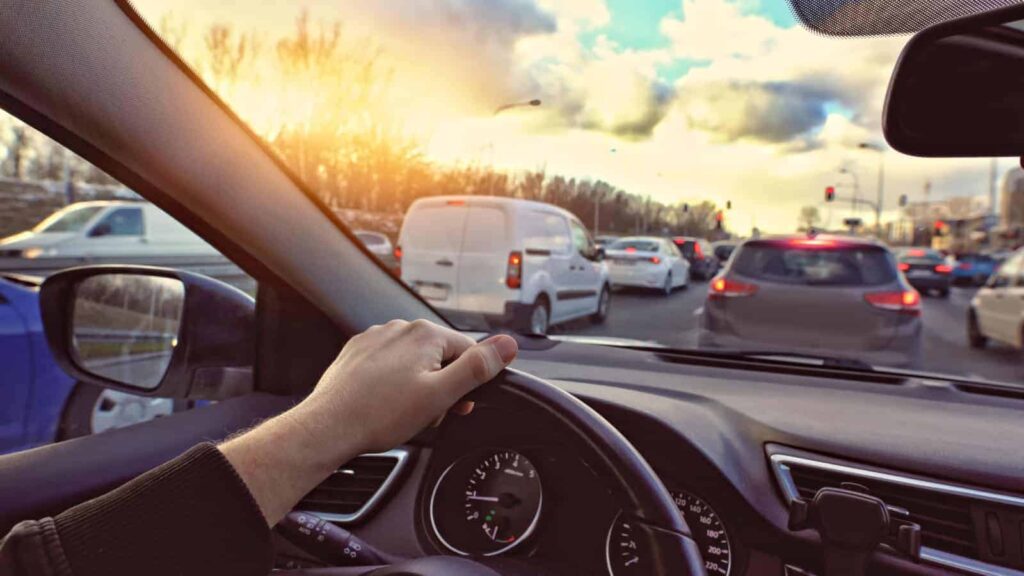
Teens in the 1960s would engage in dangerous games like “Chicken,” where they drove vehicles directly at each other to see who would swerve away first. This was extremely risky behavior with a high potential for accidents. We’re not saying the teens of today are the smartest, but we hope (and their parents surely hope) they’re not doing this!
Participating in Boxing Matches at School

Back in the day, schools sometimes organized boxing matches among students as part of their sports classes—and we’re not talking professional matches. There was little protective gear or medical supervision, which today would be considered both inappropriate and very unsafe.
Sunbathing with Baby Oil

Both kids and teenagers sometimes used baby oil in the ‘60s instead of sunscreen to enhance tanning. Of course, people were largely unaware of UV risks back then. Just the thought of this is enough to terrify modern parents, however, who do everything they can to protect their kids from the sun.
Hitchhiking

On why hitchhiking was so popular among teens in the ‘60s, WBUR shares, “You had this whole generation of young people who kind of felt confined by a sense of suburban comfort and wanted to explore.” They were less aware of the risks of getting into cars with strangers, but thankfully, the parents of today are!
Using Payphones Late at Night
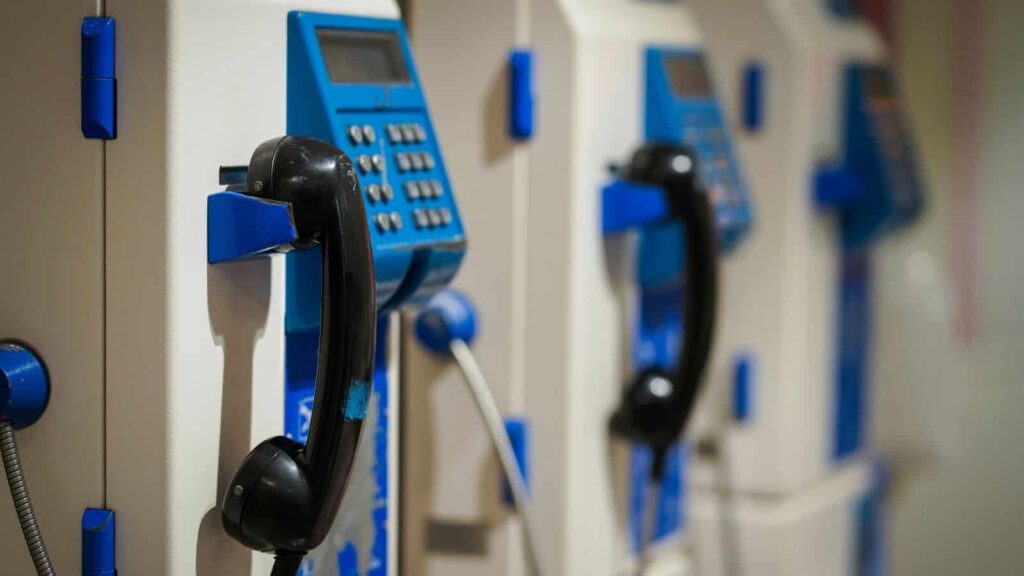
Since nobody had cell phones or the internet to talk with their friends, children would use payphones at all hours, often unsupervised and in potentially unsafe locations. Today, the idea of young children being out unsupervised, especially at night, is extremely unsettling.
Eating Highly Processed and Sugary Foods
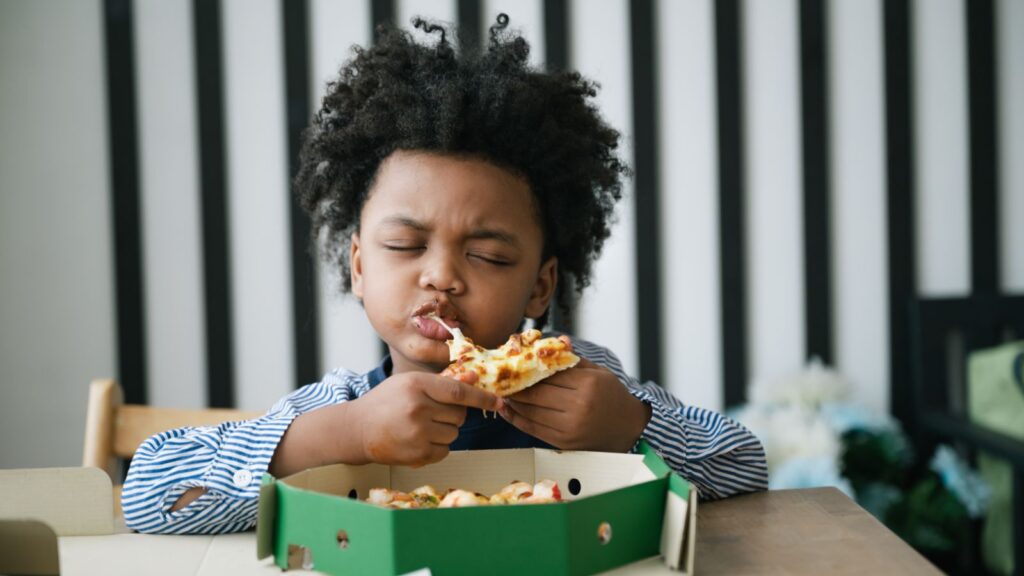
While modern parents do everything they can to make sure their kids are only eating organic and low-sugar foods, parents of children in the ‘60s were far less aware of the nutritional content or the health impact of processed and sugary foods. They gave their kids their favorite snacks and let them munch away!
Experimenting with Household Chemicals
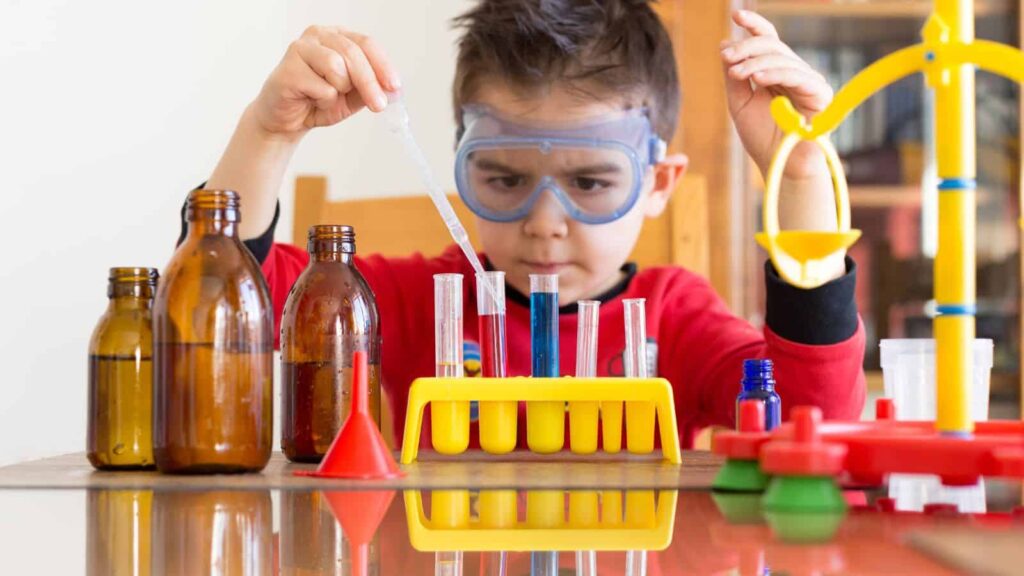
In the 1960s, it wasn’t uncommon for children to experiment with household chemicals, mixing substances out of curiosity or for school projects. The idea of this being done totally unsupervised and involving potentially toxic products would give modern parents a heart attack!
Up Next: 20 Personal Things You Should Never Share With Others

Building meaningful connections with others requires a certain level of transparency and trust, but that doesn’t mean you have to tell your friends and family members everything! Some aspects of our lives are too personal, incriminating, or risky to share. This article explores 20 aspects of your personal life that you should always keep confidential.
20 Personal Things You Should Never Share With Others
18 Things Everyone Forgets to Include in Their Will—But Shouldn’t
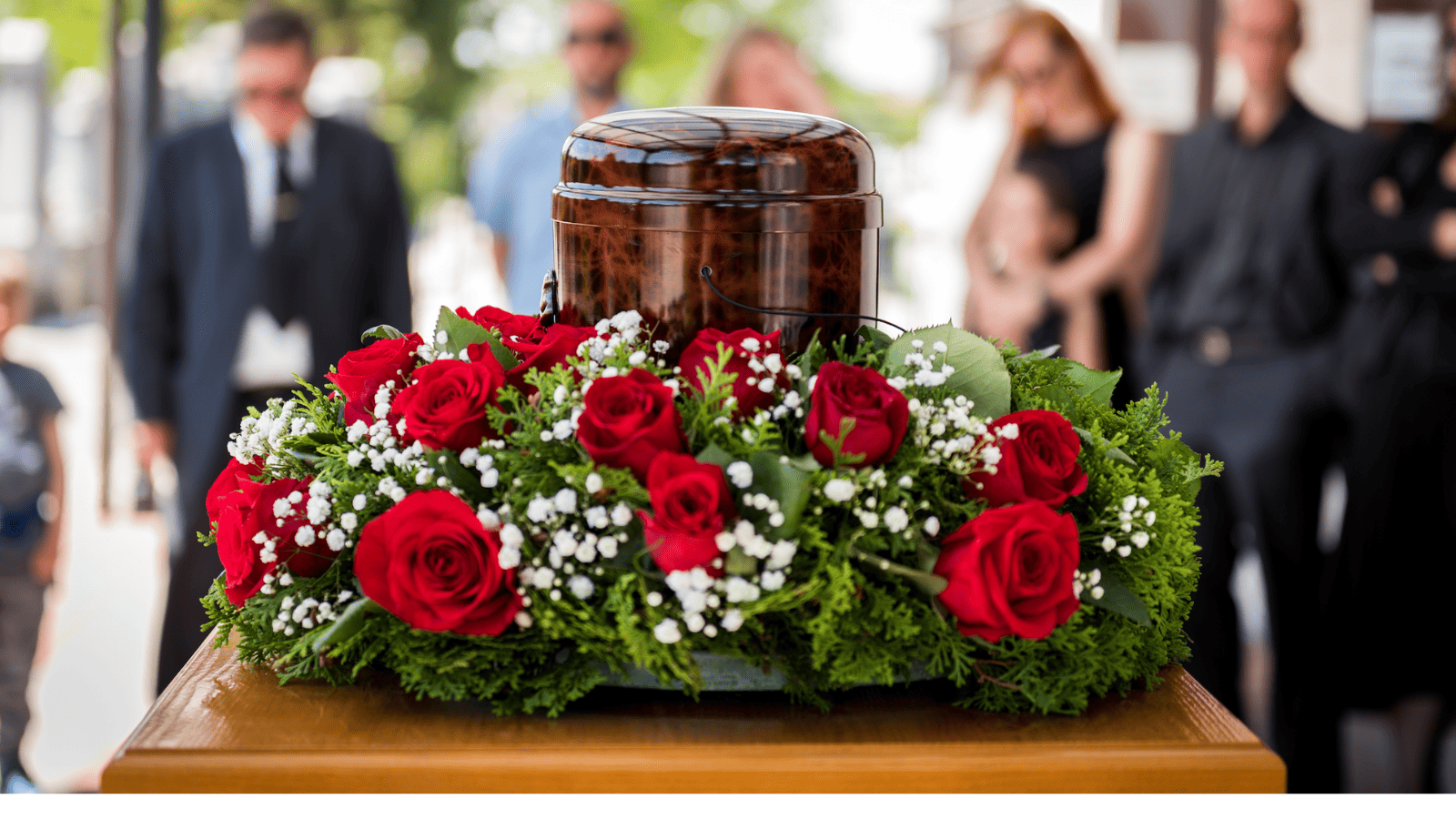
Wills and estate plans are essential ways to ensure what will happen to your belongings and property when you die or are incapacitated. However, people often forget to include important information in their wills before it’s too late, complicating matters for their descendants. Here are the 18 common things people forget to include in their will.
18 Things Everyone Forgets to Include in Their Will—But Shouldn’t
18 Items at Walmart that Aren’t Worth Your Hard-Earned Money

For many of us, Walmart is the go-to superstore. Whether we need groceries, clothing, or technology, Walmart is a one-stop shop for everything you would need. However, there are some Walmart products you should avoid at all costs, such as the following 18 examples.
18 ITEMS AT WALMART THAT AREN’T WORTH YOUR HARD-EARNED MONEY

